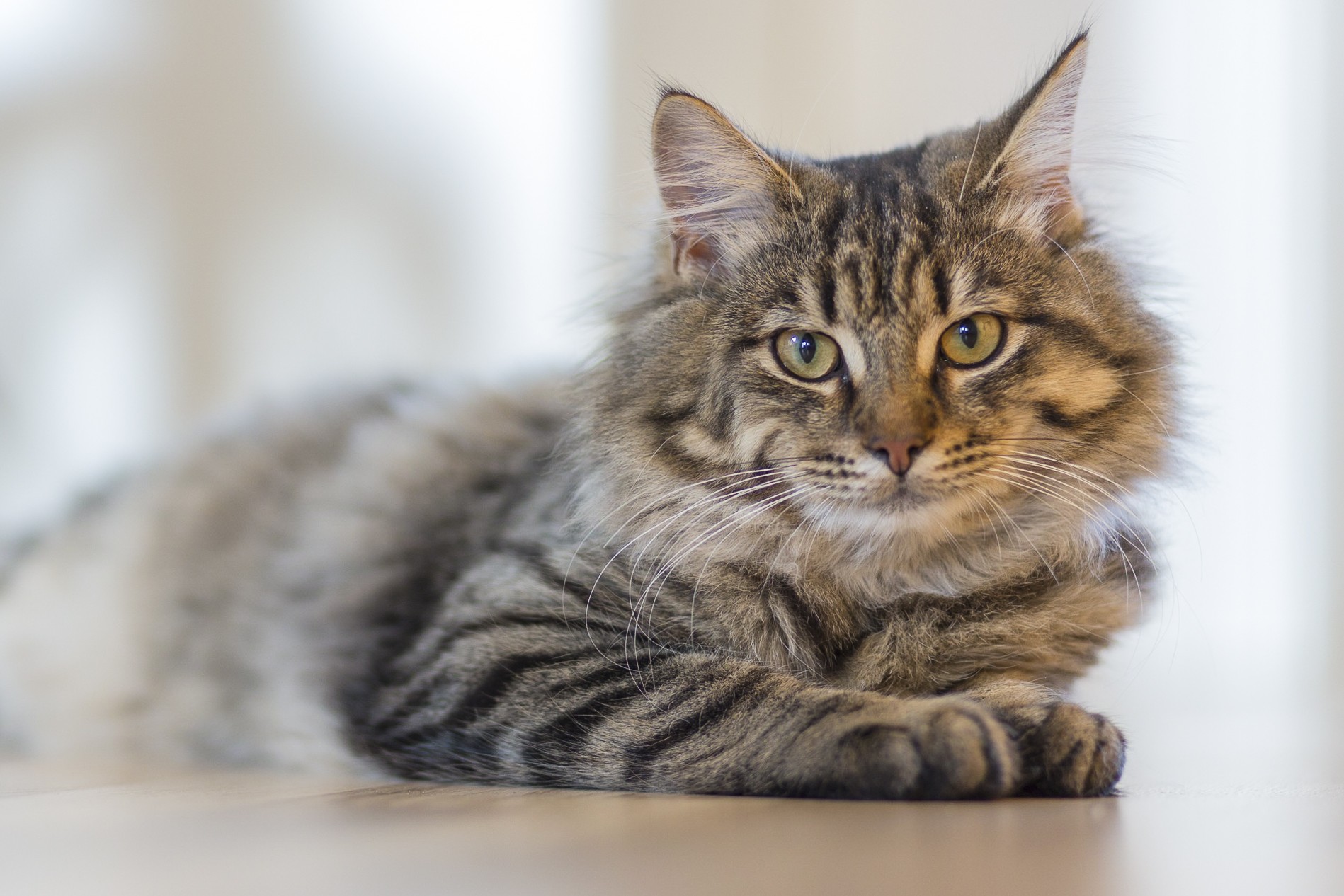
o unfortunately, your beautiful pet cat has feline diabetes. But you can make a big impact on her recovery by consistent, quality monitoring and tests.
Monitoring feline diabetes treatment at home
By the time you need to begin monitoring Fluffy’s progress in your cat friendly home, your vet will have already discussed your options with you.
(By the way, the issues are the same whether you are dealing with elderly cat health problems or geriatric felines. I also recommend you read my article about the difficulties vets face when treating diabetes, for extra clarification).
Are you prepared to take urine and blood samples?
Whether or not your cat is being given insulin, you should be prepared to:
- monitor water consumption if you can
- monitor weight (you can do this at home as well)
- take intermittent urine samples to check how Fluffy’s metabolism is coping
- take blood samples (it’s not that difficult at home with the modern glucometers (yes, the same as the human ones!). (By about 2015 a 24 hour glucose-reading monitor will be available that is put under your cat’s skin and read digitally from a distance. At last; a purpose for the Internet!)
- Consistently and accurately measure calorie intake, so they then need the same amount of insulin, and will drink the same amount of water. Weight gain or loss will then identify which way the diabetes is going!
Monitoring water intake at home
The easiest element to monitor (especially for an indoor cat or cats) is water consumption.
You should probably filter and boil water for your cat anyway – there are quite a lot of contaminants getting into tap water these days, and the ‘cleansing chemicals’ are not very nice either.
Since cats can taste water (and amino acids, but not sugar!) it is important that they like the flavour of water and will drink it readily. They also like it aerated – so once boiled, you should pour the water from a height into the bowl to add back the oxygen that has been boiled out.
Cats know instinctively that running water has fewer parasites, algae and bacteria than still or stagnant water – just as your camping instructor told you!
The recordings of water intake are looking for a trend. More means the diabetes is probably getting worse, less means it is probably getting better.
See Feline Diabetes Symptoms for more details.
Step by Step instructions for measuring water consumption
- A dedicated measuring jug and a marker pen! Mark the jug at the level you are going to fill it to each day.
- Pen and paper to record the daily amount you ‘top up’ the water bowls with.
- Pour the water (from a height) into the jug, to the measured line. The first time you do this, just fill all the other water bowls to the top as usual.
- From here on, though, EVERY top up is from that jug, and at the end of the day, the amount that has been used is recorded. If the marked line is at 1.25 litres (you can do your own imperial conversion on your own jug!), and at the end of the day the water level is at 1.00 litres, then your cat has drunk 0.25 litres (= 250 mls = 1 cup = about what a cat will drink if mainly eating dried food).
- Cats will obviously drink more in warmer weather (or they should), and less in cooler, or if less active. They do get ‘metabolic water’ from digesting their food, so their daily water intake may vary.
- Refill the jug with water at the end of the day, and DO THE VERY SAME the next day. Monitoring and managing diabetes in the cat is very regimented – almost OCD! – but not difficult.
Monitoring feline food intake
In order to enhance recovery, you need to have your cat on a stable diet.
Dried food has much less water (10%) than wet food (meat or tinned / sachet) which is 80% water, so the diet needs to be the same every day, or you will get incorrect readings.
If the cat starts on dried and moves to wet, they will drink less, and if they eat a lot of dried food, they will drink more. So it is important to understand this and you will find a lot more in my article; establishing your diabetic cat’s diet.
The next easiest to monitor is food. Cats have always lied about when their last meal was, so it is the same process – measure out the required amount FOR THE WHOLE DAY and put it where everybody knows whose and what it is.
Your diabetic cat only gets to eat that food – in one or two meals or in smaller amounts through the day.
Cats do not have the “post-prandial hyperglycaemia” that dogs and humans have, so whether the cat grazes or meal feeds is not really important – and it is better not to stress a grazer by forcing meal-feeding if you can avoid it.
But, they STILL only get the measured amount during the day! No Cat Conning ! No Kitty Blackmail for MORE food!!
